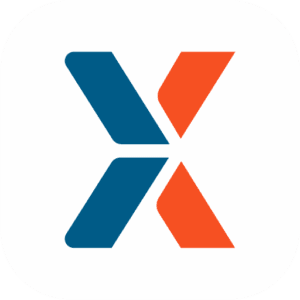Understanding the Differences Between Cash and Accrual Accounting
When it comes to accounting for a SaaS business, the traditional methods used for other types of companies often fall short. The key distinction lies in the way revenue is recognized. Unlike a traditional business that may sell a product upfront, SaaS companies typically operate on a subscription model, collecting payments over time. This means the cash received does not directly align with the revenue that should be reported on the financial statements.
The accounting standard known as ASC 606 governs how SaaS companies must recognize revenue. Rather than booking the full subscription amount when it’s paid, the revenue must be deferred and recognized over the life of the contract. This can create a disconnect between the cash in the bank and the reported profitability of the business. As Anthony Nitsos explains, “You cannot spend net income and net income is an accounting term… Companies run on cash, they don’t run on net income.”
This tension between cash and accrual accounting is a critical consideration for SaaS founders and finance teams. While the technical accounting may require the use of deferred revenue, the day-to-day management of the business is far more reliant on understanding the cash flow. Founders need to be able to see where their cash is being spent and have confidence they have the funds available to invest in growth initiatives.
Aligning Accounting and Financial Forecasting
To reconcile this gap, successful SaaS companies integrate their accounting systems with robust financial forecasting models. Rather than viewing the P&L and cash flow as separate exercises, the two should be closely aligned and updated in real-time.
Anthony’s team takes a “direct method” approach to forecasting, starting with the expected cash inflows and outflows rather than trying to derive the cash position from changes in the balance sheet. This allows them to quickly identify variances between the forecast and actual results and drill down into the specific drivers.
By embedding the accounting data directly into the financial model, SaaS leaders can make decisions based on a single, consistent set of numbers. There’s no disconnect between what the accountants are reporting and the real-time view of the business’s financial health.
Optimizing the Gross Margin
Another key difference in SaaS accounting is the importance of gross margin. Unlike a traditional business that may have a wide range of costs included in cost of goods sold, the primary costs for a SaaS company fall into three buckets:
- Production Costs: The hosting, DevOps, and security expenses required to maintain the software platform.
- Implementation Costs: The team and resources needed to onboard new customers.
- Support and Retention Costs: The personnel dedicated to ongoing customer support and success.
Best-in-class SaaS companies aim for gross margins in the 80-85% range. Achieving these lofty margins requires highly efficient, scalable operations – software that is essentially self-implementing, a lean support team, and minimal ongoing costs to serve each customer.
Monitoring and optimizing the gross margin is a constant focus for SaaS finance teams. Any increases in the production, implementation, or support costs can quickly erode profitability. Staying on top of these metrics is crucial for maintaining healthy unit economics as the business grows.
Navigating the Differences Between Bootstrapped and VC-Backed SaaS
While all SaaS companies face the unique accounting and finance challenges outlined above, there are some key distinctions between bootstrapped and venture-backed models:
Bootstrapped SaaS: These companies are already profitable and cash flow positive, so the focus is on tax planning and strategic reinvestment of profits. The finance team needs to carefully analyze where to allocate resources – whether that’s expanding the sales team, investing in product development, or minimizing the tax burden.
VC-Backed SaaS: The primary concern for these companies is managing the cash runway and aligning spending with the growth targets set by investors. The finance function is critical for forecasting when the next funding round will be needed and ensuring the business is on track to hit its milestones.
Regardless of the funding model, the SaaS finance team plays a vital role in illuminating the inner workings of the organization and connecting the financial results to the strategic objectives. By integrating the accounting and forecasting, they can provide the real-time insights needed to make informed, data-driven decisions.
Conclusion
Navigating the unique accounting and finance needs of a SaaS business requires a specialized approach that goes beyond traditional methods. From revenue recognition to gross margin optimization to cash flow management, SaaS companies face a distinct set of challenges.
By aligning the accounting and forecasting, SaaS leaders can gain a clear, real-time view of the business’s financial health and make informed decisions to drive growth. Whether bootstrapped or VC-backed, the finance function is essential for translating the technical accounting into actionable insights that support the strategic vision.



